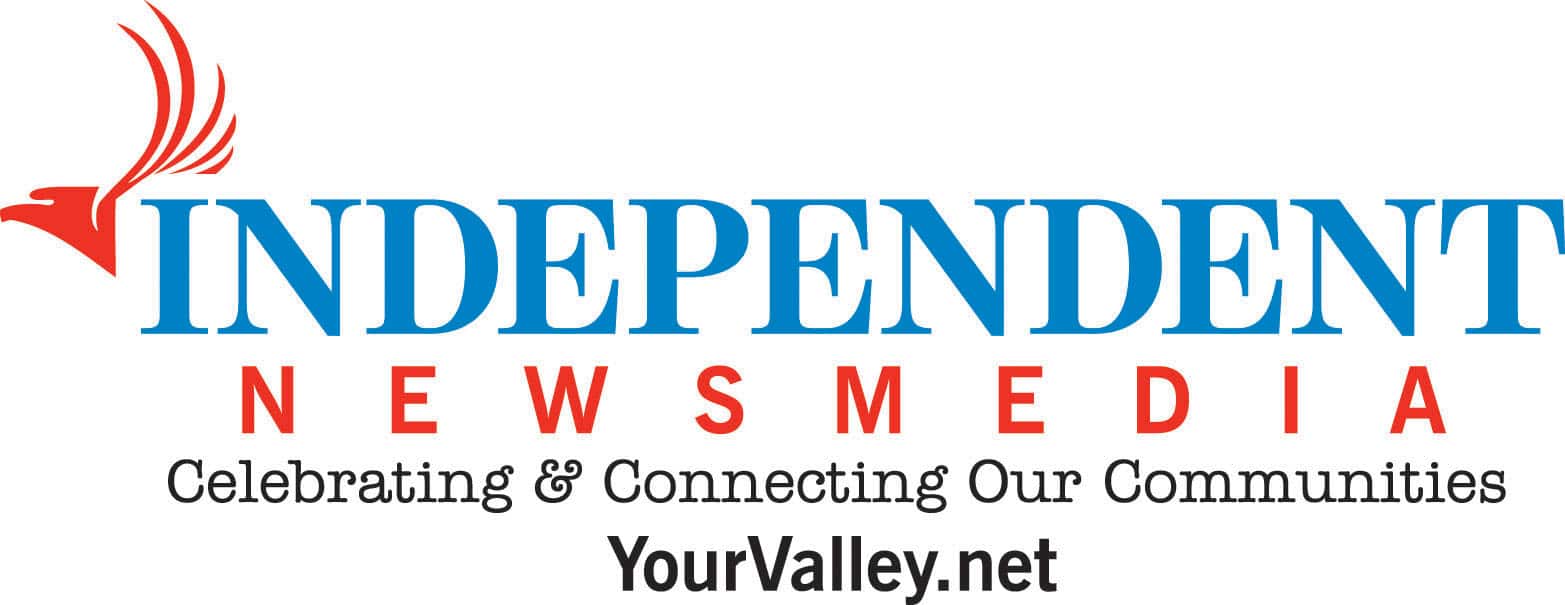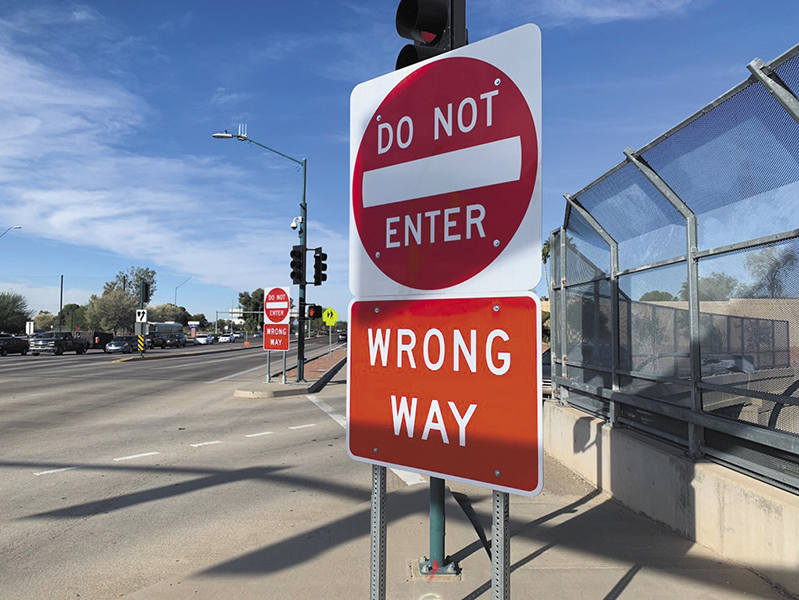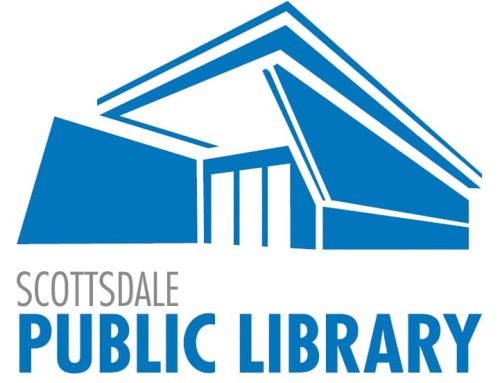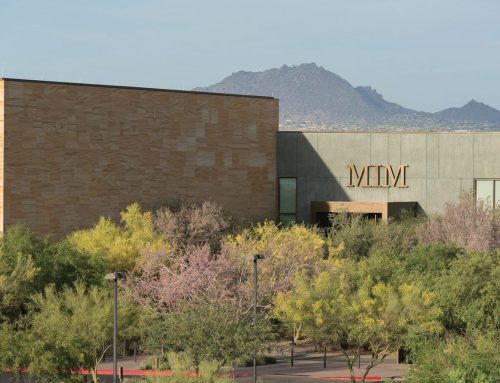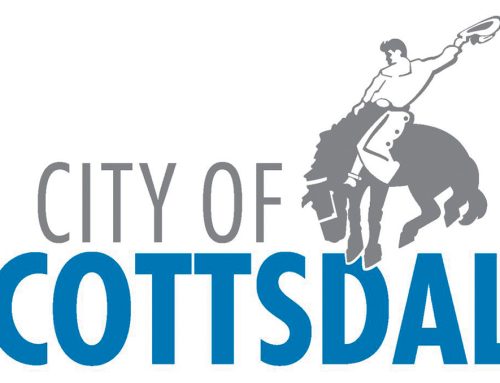By Doug Nintzel / ADOT Communications
Efforts to reduce the risk of crashes caused by often-impaired wrong-way drivers involve a variety of countermeasures. They include increasing the size and visibility of wrong-way signs at state highway interchanges.
Those upgrades received a major boost in the form of a $2.1 million project to install new larger wrong way signage at more than 140 interchanges, along with other improvements, along several Phoenix-area freeways.
If you drive in the area, you’re much more likely to notice the larger “Wrong Way” and “Do Not Enter” signs at the top of freeway off-ramps in the Valley. Not only are they bigger, they also represent updated national standards by being located lower to the ground and thus hopefully more in line with a driver’s line of vision. Yes, that’s about making them easier to see so that a wrong-way driver might not travel down that off-ramp.
The signs along exit ramps are not the only changes that crews, working mostly at night, made as part of this project. They also added many more of the large, white arrows that are located on the pavement of exit ramps. Those arrows point in the “right” direction of travel, as another measure designed to get the attention of a driver heading the wrong way.
One other upgrade was the installation of dozens of large “Wrong Way” signs, measuring 5 feet by 8 feet, installed above the left lanes of freeways. They’re on the backs of bridges and other overhead structures and you, traveling the right way, may have noticed a few of them if you’ve glanced to the left across the median.
Those noticeable signs, facing in the wrong direction, are above the freeway left lanes because wrong-way drivers tend to travel in those lanes. More than two dozen of these signs were first installed along I-17 in Phoenix in 2017 in association with ADOT’s first-in-the-nation thermal camera wrong-way vehicle alert system.
ADOT has been installing larger and more visible wrong way signs not only along Phoenix-area freeways but also at highway interchanges across the state over the last several years.
This particular project has focused on sections of interstates 10 and 17, US 60 (Superstition Freeway) and Loop 202 (Santan Freeway) in the East Valley, State Route 51 as well as Loop 101 (Agua Fria Freeway) and Loop 303 in the West Valley.
It remains important to note that more noticeable signs and other countermeasures we’ve mentioned can’t prevent someone, especially someone who’s impaired, from getting behind the wheel and becoming a wrong-way driver. The signs are big. But stopping impaired driving would make a life-saving difference in an even bigger way. That’s something to keep in mind as we head into the holiday travel season.
